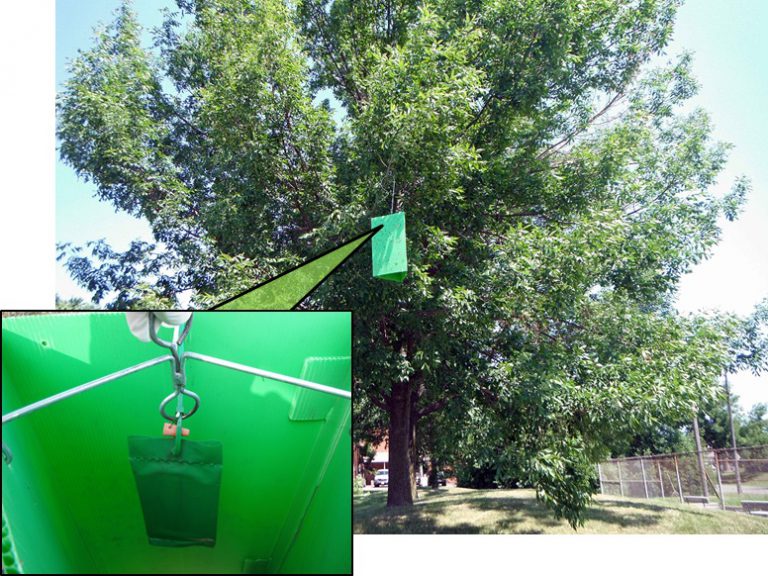If prevention fails and an invasive species crosses our borders, it is essential to detect and identify them as soon as possible. We need to know that an invasive has arrived so that we can respond quickly.
Education
- Learn to identify invasive forest pests or the signs of their presence. Forest managers, forest practitioners, and the public can all help to prevent establishment of a new pest if they are able to spot them and quickly report them.
- Recognise signs and symptoms characteristic of invasive species infestations
Research
- Develop improved detection methods to allow for rapid response and control
- Improved trapping methods including effective pheromones to lure pest of interest
- Efficient aerial and ground survey methods

More Information
- Forest and land managers should develop and implement “early detection” strategies to be incorporated into all management plans. This could include procedures for scouting for invasive pests, locating their extent, and treating them as quickly as possible to prevent establishment of the species (Vermont Invasives, n.d.).
- Forest managers should consider timing forest inventories during seasons in which invasive forest pests can be detected. This can ensure early detection during regular inventory procedures and can help prevent establishment of a pest (Vermont Invasives, n.d.).
- Municipalities, provinces, and countries should all work to develop monitoring and early detection strategies to prevent the entry of invasive forest pests into new areas and across borders. Monitoring, especially when a known forest pest is already in an adjacent area, can help to quickly identify new invasive species before they become established (OMNRF, 2014).
